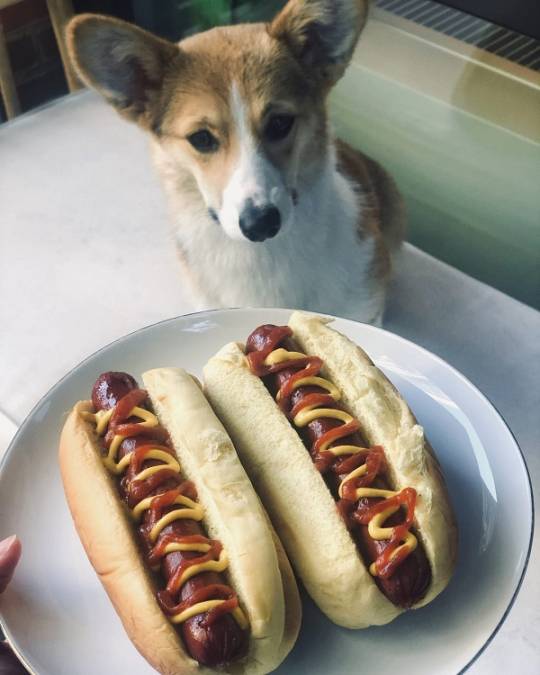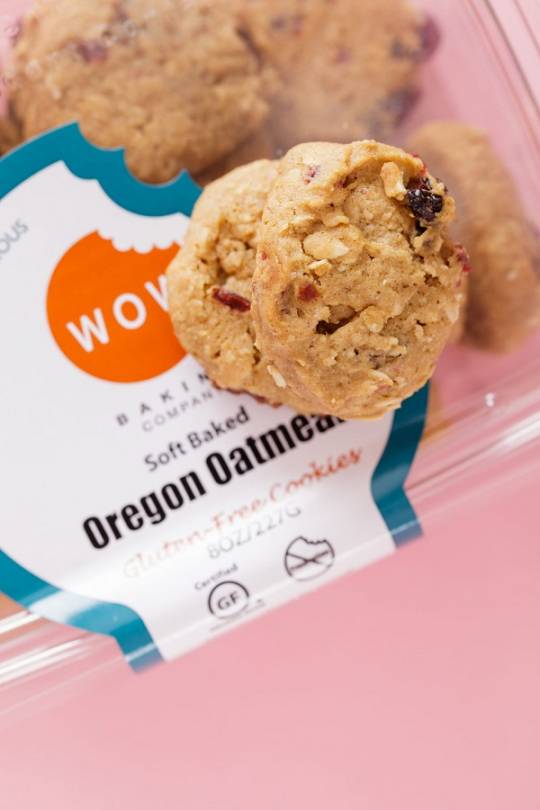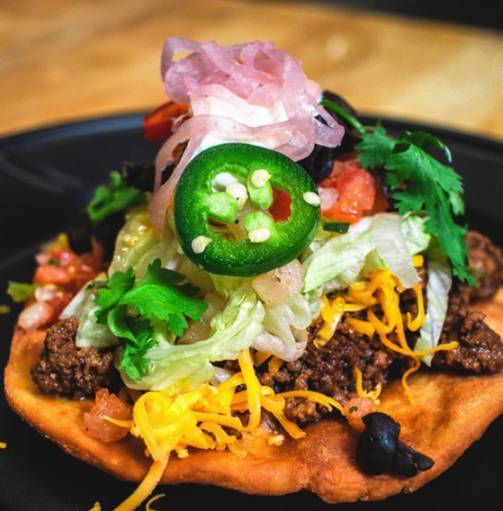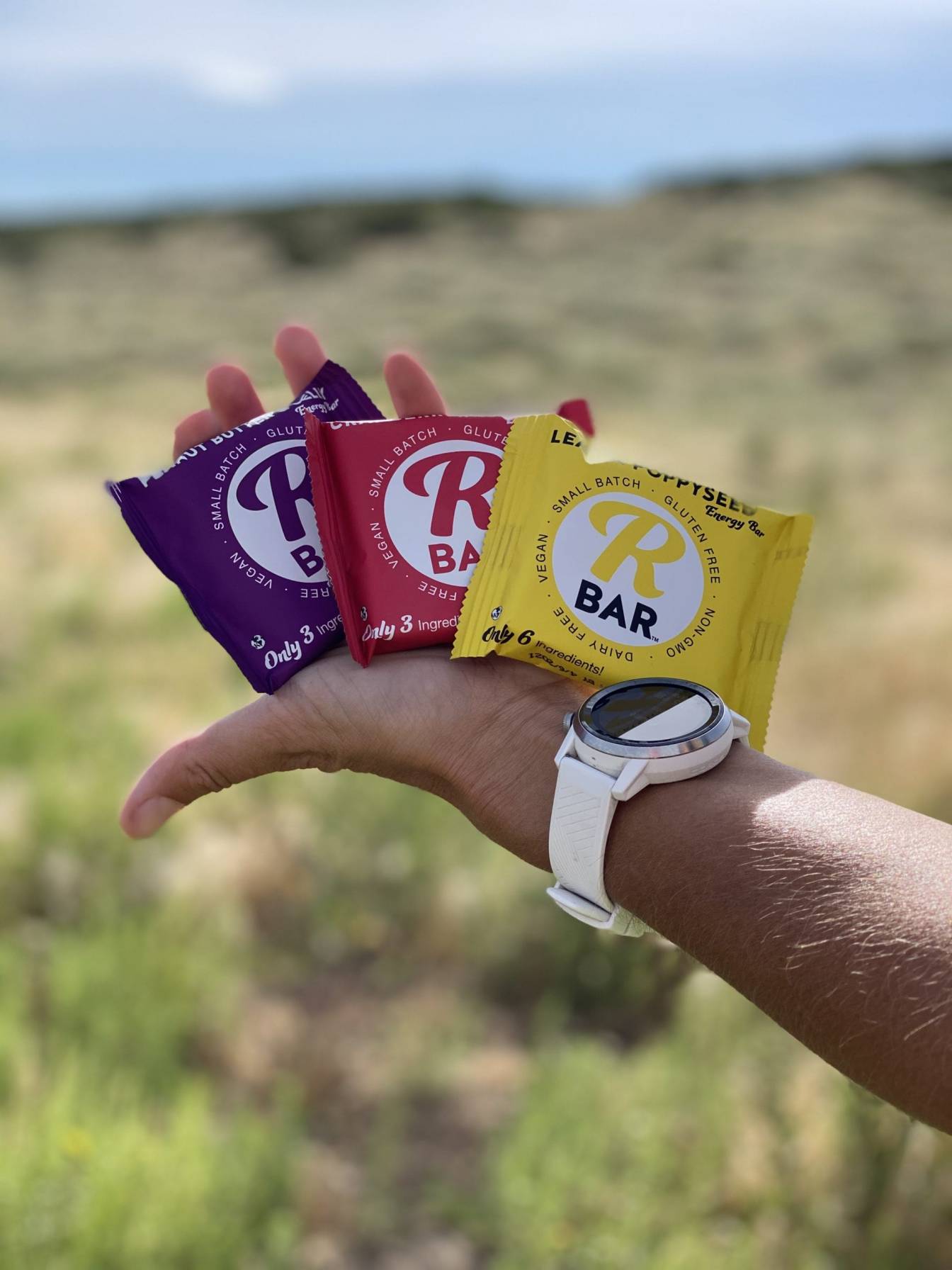6 Steps to Run a Successful Influencer Marketing Campaign
Despite the countless digital marketing platforms out there, brands still struggle to get their audience’s attention. Ironically, over 26% of internet users are using digital platforms to help them block advertising. And many more of us have learned to tune it out the old fashioned way – ignoring it. As audiences have become more selective about what information they consume, brands and marketers have turned to influencer marketing to get noticed in the digital world. Not only does influencer marketing help brands reach their target audience more effectively, it can do this at an ROI 11 times higher than other forms of digital marketing!

As intriguing as influencer marketing may sound, are you wondering if it’s possible for you to actually implement it? How do you run an influencer marketing campaign for your brand?
To answer your questions, we created a step-by-step guide to show you how to launch a successful influencer marketing campaign.
Let’s get started!
Table of Contents
Steps to Launch an Influencer Marketing Campaign
Outline Your Influencer Campaign Goal
The first step to launch your influencer campaign is to set a campaign goal. Why?
Without a well-defined goal for your influencer campaign, it’s like you’re riding in a cab without a destination: wasting time and money but not going anywhere.
Nobody wants to be in that situation.
Your influencer campaign goal determines what a successful campaign should look like, and it identifies what you will need to do to achieve the goal. What social media to use, how many influencers you need, how long the campaign should be – all of these need to reflect your goal.
Now, let’s talk about what a well-defined campaign goal should look like. When you are determining the goal for your influencer marketing campaign, be “SMART” about it. Yes, be SMART. It means to set a goal that is specific, measurable, achievable, relevant, and time-bound.

Sounds easy, and it can be, but let’s look at some pitfalls to avoid. Let’s take a common goal: to increase sales. It might sound specific, but it’s not. Try to be detailed about the objective. Perhaps you want to increase your millennial female customer base by 20% by running an influencer marketing campaign. This goal statement is specific and measurable. But it’s also important to make sure the goal is realistic and relevant to the business. Does the brand have some female customers already? How difficult is it to achieve the goal?
Lastly, what’s a reasonable time-frame to achieve the goal? How long until you expect to see the results? Note that your time frame isn’t necessarily about when you’d like to see results – we all want results ASAP! A time-bound goal should be rooted in what is possible given factors such as budget and a realistic campaign pace.
Choose Types of Campaigns
There are many types of influencer marketing campaigns depending on your goals.
If you would like to increase your brand awareness, you might want to run a Giveaway campaign. A giveaway campaign is where an influencer asks followers to take actions such as following the brand’s account, commenting on a post about the brand, and/or tagging a friend to join the contest. In the end, the participants will be selected to win a free gift.
See how partnered with @kristinashyped to carry out a giveaway campaign: https://www.instagram.com/p/B7LjyL7jzCI/?hl=en
Or do you want to show your brand’s unique personality and reach out to new audiences? Try a social media takeover campaign. A social media takeover is when a brand lets an influencer temporarily take over its social media account to give its audience a behind-the-scenes view from the influencer’s perspective. One of the most popular types of social media takeover is done through Instagram stories, which means you invite an influencer to post daily vlog stories on your Instagram account or host a Q&A session to introduce your brand.
Sending free product samples is another way to collaborate with influencers. Many influencers are willing to review your products in exchange for free samples. This method is easy to implement, but it does not guarantee you a brand mention or any content coverage from the influencers. This only happens if the influencers like your products and are willing to share their experience.
In addition to these examples, other popular ways to collaborate with influencers include affiliate marketing, brand ambassador programs, and sponsor blog posts. All of these campaigns have proven to be effective, but you don’t have to feel constricted by them. Influencer marketing campaigns thrive on creativity. Don’t be afraid to create your own ways to collaborate.
Create Influencer Contracts
Once you are ready to move forward with your campaign, you will need to send contracts to the influencers. An influencer contract or agreement is the document that officiates the partnership between the brand and influencers. It outlines both parties’ rights and obligations in the partnership.
Although contracts are the standard at influencer marketing agencies, many brands doing their own influencer marketing aren’t aware they exist or may not know what they should include. . If you’re considering doing your own influencer marketing, it’s a good idea to know the basic terms that should be covered in your influencer contracts.
Here are six standard sections that you would want to include in an influencer contract.
The definition: Explain what this contract is about, state the names of the brand and influencer. Clearly explain their roles in this agreement.
The length of the partnership: It should state how long the partnership is in the contract. Is your partnership with this influencer just for a one-time campaign or is it for a long-term relationship?
Deliverables: This section explains what the influencer should deliver and when the influencer needs to deliver. Describe what happens if there is a late posting or a failure of to post.
Compensation and Payment Method: In this section, it should cover the way in which an influencer will be compensated. It could be free products, commission, or a flat rate. In addition, it should clarify how and when the payment will be made.
Cancellation Policy: This should cover the conditions under which either party can cancel this contract and cease the partnership. Some common conditions include poor performance and breaking brand guidelines.
Confidentially: during the partnership, maybe the brand will share some sensitive information with the influencer. Therefore, it is necessary to make sure that the influencer understands that he or she will need to keep the information confidential.

Your influencer campaign goal determines what a successful campaign should look like, and it identifies what you will need to do to achieve the goal.
Create an Influencer Brief
An effective influencer brief is essential for a successful influencer marketing campaign. Simply put, an influencer brief is a one page document that can help influencers to create content for your campaign. A good influencer brief clearly illustrates the campaign purpose and content expectation to the influencers. It gives a guideline for influencers to follow and deliver good content for your brand.
So what should be included in an influencer brief? An effective influencer brief should include a concise introduction of your brand, an overview of your campaign goal and where do you want the influencers to post content. In addition, it should give some bullet points of the message you would like the influencers to convey in their content as well as anything that influencers shouldn’t include in their content. Lastly, if your campaign has any special rules, they should be explained in the brief, such as certain hashtags or any tracking links that are used to measure performance.
A well-defined influencer brief should be a straightforward guideline to assist influencers with their content creation. However, be mindful that it shouldn’t limit influencers’ creative freedom. For example, when outlining the message points, do not list too many talking points and message requirements. Be sure to trust and allow the influencers to use their creativity in content production, because influencer marketing is all about authenticity.
Measure the Campaign’s Success
After the influencers create and post their content, keep track of the performance to determine campaign success. In this process, it’s smart to go back to step one: review your campaign goal. Depending on your campaign goal, you would need to use different key performance indicators that are relevant to your goal to measure the campaign outcome.
For instance, if your campaign goal was to increase the brand’s Instagram engagement by 10% in 2 months. You might want to set a benchmark using the number of comments and shares you receive on average per post before the campaign and then compare that with the numbers of comments and shares during the campaign. Then you can isolate the percentage increase in engagement with your brand on Instagram.
There is no standard way to measure the effectiveness for all kinds of campaigns. But here are some common KPIs to measure the success:
- Post reach – you can track this using data insight provided by the social media account
- Engagement rate – you can determine this by tracking things such as likes, shares and comments
- Website traffic from the influencer campaign – you can use Google Analytics and tracking within social platforms to monitor how many visitors influencers are sending to your website
- Conversion of leads generated by the influencers – with things like unique tracking links and promo codes, you can see which influencers send the most traffic to your website and how much of that traffic results in purchases
The steps we outlined will help you run a successful influencer marketing campaign for your brand, but it’s hard to squeeze everything we know in one post – or even an entire blog!
If you want to know more about running an influencer marketing campaign, or if you’re still not sure where your brand should start, tell us about it in the comment or contact us!



